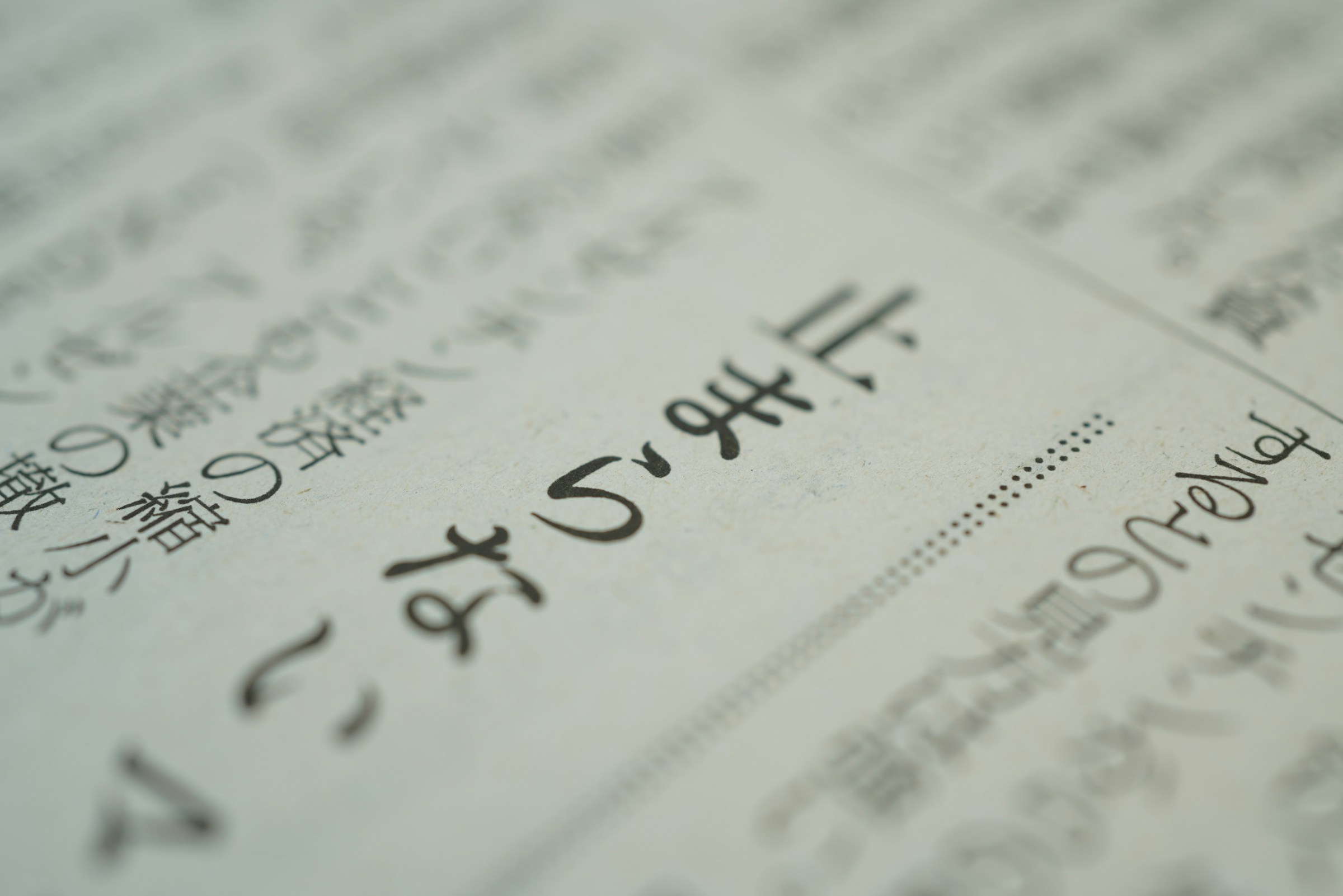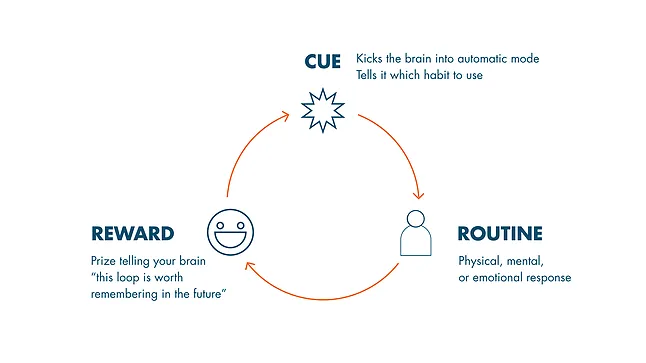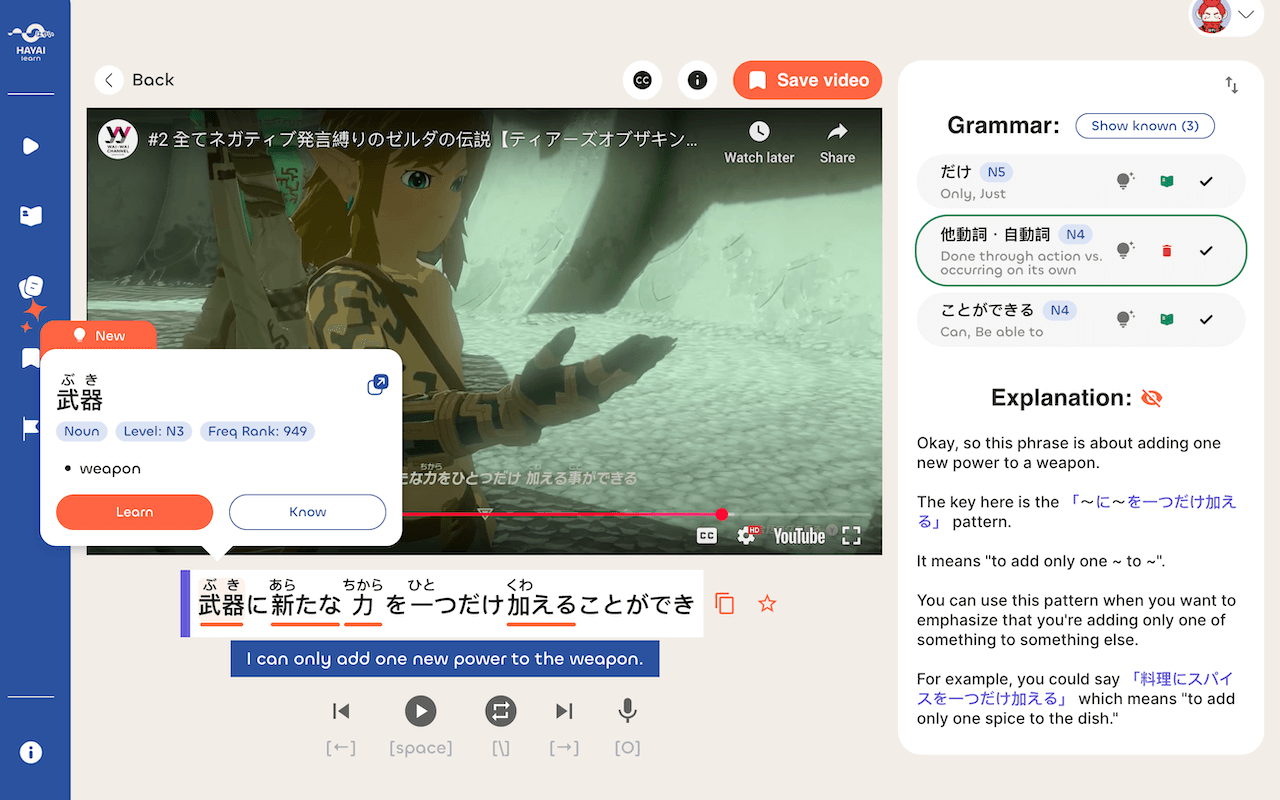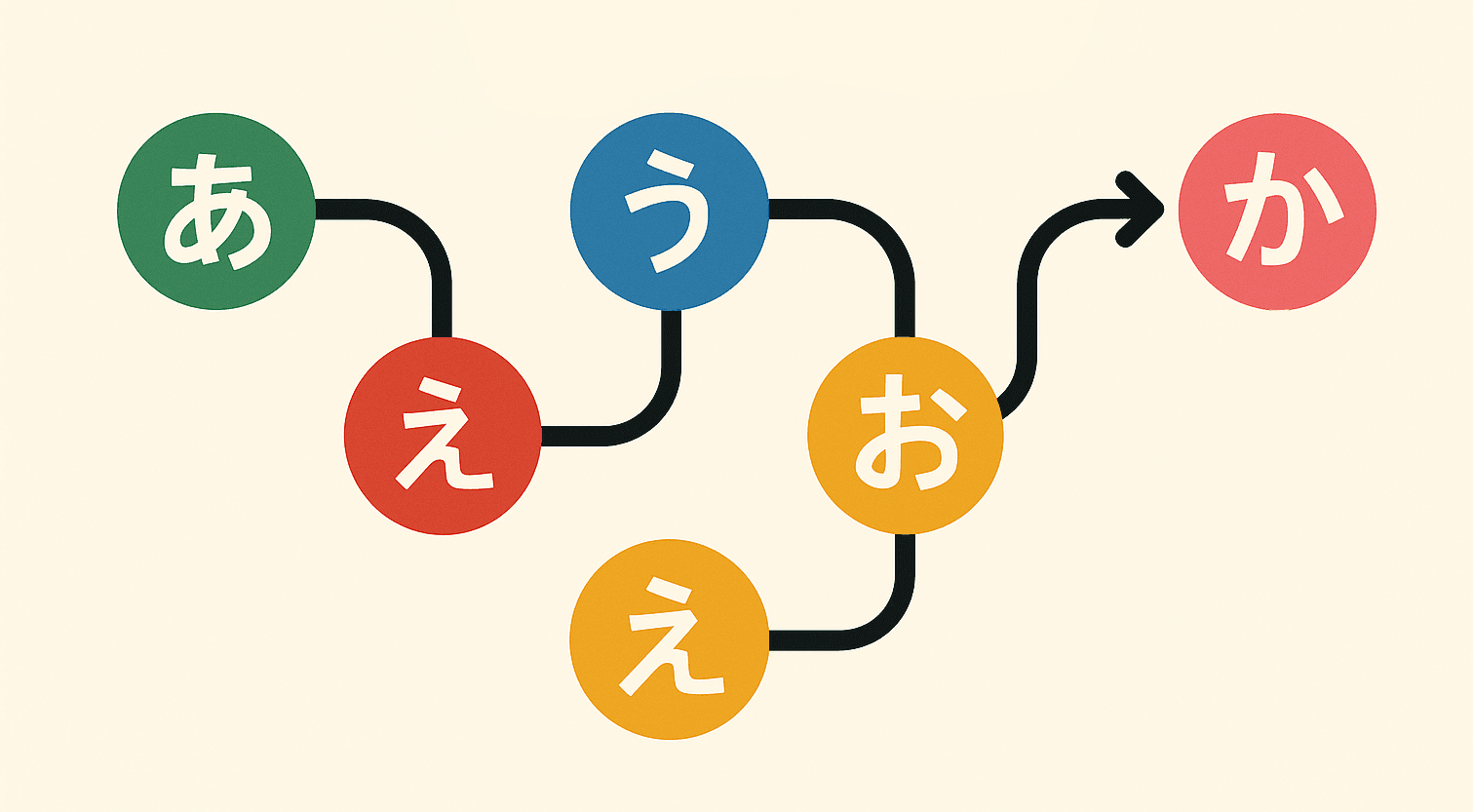Table of Contents
Why Most Learners Think Japanese Is Hard To Learn

The Writing Systems: Where Most People Panic
One of the biggest hurdles is the writing. Japanese uses four writing systems:
- Romaji (the Roman alphabet)
- Hiragana (the core phonetic script)
- Katakana (used mostly for foreign words)
- Kanji (characters borrowed from Chinese)
Romaji is just a starting point, like training wheels. But you'll want to move past it quickly. From there, it can feel overwhelming to think about memorising two syllabaries (hiragana and katakana) plus over 2,000 kanji.
Here's the truth: Your brain is good at learning visual symbols. You read signs, emojis, logos, and maps every day without thinking. Japanese language just stretches that skill even further.
There are tools that greatly help with these:
- Heisig's "Remembering the Kana" or "Remembering the Kanji"
- SRS (Spaced Repetition Systems) like Anki, Skritter, or WaniKani
The Grammar: Different, Not Impossible
Japanese grammar also throws a curveball. English uses a Subject–Verb–Object structure. Japanese? Subject–Object–Verb. So instead of saying "I eat sushi," you'd say "I sushi eat."
Sometimes, there's no subject at all. You're expected to figure it out from context. That can feel strange at first, but it's a feature, not a flaw, it makes conversations flow more naturally once you get used to it.
The Real Challenge: Staying the Course
Here's the hard truth: all languages are difficult if you don't have the chance to use them. Learning Japanese isn't just about textbooks or apps; it's about consistency, discipline, and the bravery to make mistakes. Lots of them.
Too often, people give up because they don't feel progress quickly. But fluency isn't a sudden "aha" moment. It's the reward of hundreds of small, imperfect steps. It's messy, awkward, and often funny. That's how learning works.
Why School Alone Isn't Enough
Some people wonder, "If Japanese people study English for years in school, why don't they speak it fluently?" But let's be fair how many of us left school speaking fluent French, German, or Spanish? Most of us don't. Because classroom learning alone doesn't make you fluent.
What works?
- Intrinsic motivation (you have to want to learn)
- Opportunities to use the language (even clumsily)
- Playing with the language (watching, listening, imitating, creating)
That's where real progress happens. The real key isn't passive exposure, it's active engagement. Watching, listening, reading, speaking. Even better: using content you love, so you stay motivated. That's where platforms like HayaiLearn come in, helping you immerse yourself in real Japanese content and turn it into active study.
Japanese Is Not Impossible
Yes, Japanese takes time. Yes, it's different from English. But it's not impossible, and it's certainly not just for geniuses or language nerds. If you can commit to learning a little every day, if you can stay curious, and if you're willing to stumble a lot on the way to fluency, you can learn Japanese.
The journey won't be perfect, but it will be worth it.
Start With The Habit Loop: Building Consistency Without Burning Out

The habit loop is a simple cycle that consists of a cue, a routine, and a reward. A cue is a trigger that tells your brain it's time to do something. The routine is the actual action or habit you perform. The reward is the positive feeling or benefit you get after completing the routine.
Most of our daily activities are driven by habit loops. For example, when you wake up and see your coffee maker, you might brew a cup of coffee. This is because the sight of the coffee maker is a cue that triggers the habit of making coffee.
Leveraging Habit Loops for Consistent Language Learning
The routine is making the coffee, and the reward is the feeling of alertness and satisfaction you get from drinking it. You can apply this to learning Japanese. For instance, you could design your own Japanese learning loop:
- Cue: Your morning coffee finishes brewing.
- Routine: Open HayaiLearn and study for just 5 minutes.
- Reward: The sense of accomplishment and the enjoyment of a fun video.
Tying the new habit to an existing one (like your morning coffee) makes it almost effortless to maintain.
Consistency is key when learning Japanese. It's better to study a little bit every day than to have long, infrequent study sessions. By utilizing the habit loop, you can establish a consistent study routine that aligns with your lifestyle and facilitates steady progress.
Make It Fun: Choose Methods That Don't Feel Like Studying

Traditional textbook learning is fine for the basics, but let's be honest, it's slow, dry, and often disconnected from how Japanese is used. You don't pick up natural phrases, intonation, or cultural nuance from a fill-in-the-blank worksheet.
But when you learn through real content, things you'd watch anyway, you're getting exposed to authentic language in context. That's how your brain starts to recognise patterns, understand tone, and absorb vocabulary without even realising it.
HayaiLearn: Turning Japanese Videos into an Interactive Learning Experience
HayaiLearn is a video immersion app specifically designed for this purpose. It lets you watch any Japanese YouTube video with dual subtitles, breaks down each sentence using AI, and helps you study the new vocabulary directly from the subtitles using SRS. You can:
- Organise videos into albums
- Extract example sentences
- Build your own personalised study library
For learners who thrive on real-life input and visual context, this transforms entertainment into study, making the long road feel far more engaging.
Here's how it works:
- You watch Japanese YouTube videos inside the app
- HayaiLearn breaks down the subtitles line by line
- You can click any word or phrase to get AI-powered explanations of what it means, how it's used, and how it fits into the sentence
It's like having a personal tutor right there, guiding you through real-world Japanese as it's spoken. No need to pause every two seconds to look things up. HayaiLearn keeps the flow going and makes every video a learning experience.
Study That Feels Like Play
If you feel to urge to escape from studying Japanese, you're doing something wrong. The goal is to find a healthy balance between absorbing new information and pleasure. For instance, it's those moments where you become curious about what your favourite streamer just said, or why a particular grammar point popped up in a song lyric. That's the kind of engagement that keeps you coming back, and it's what turns casual exposure into building blocks of language fluency.
Practice, Don't Just Passively Watch: Turning Input Into Active Learning

In the journey to learn Japanese, practice is essential. More specifically, turning your input into active practice. Input refers to the Japanese content you consume. This could be anything from novels:
- To anime
- To podcasts
- To conversations
When you first start learning the language, it’s going to be challenging to find content that isn’t too hard or too easy. If you pick content that is too easy, you will learn very little. If you pick content that is too difficult, you run the risk of getting demotivated.
The key is to find content that is just right.
Once you find content at your level, the goal is to engage with it actively, not just passively consume it. Here's how you can turn what you hear or read into real practice:
- Shadowing: Pause the video and repeat a line out loud. Try to match the speaker's intonation and speed. This is super valuable for your pronunciation and speaking confidence.
- Sentence Mining: When you find a sentence with just one new word, save it! This is a perfect learning opportunity. Platforms like HayaiLearn help you do this with a single click.
- Active Note-Taking: Instead of just highlighting words, write down the full sentence where you found it. Context is everything.
By actively working with the material, you move beyond simple exposure and start building the connections that lead to fluency.
Learn Japanese Fast with HayaiLearn Today!

HayaiLearn is a video immersion web app built to help you learn Japanese faster by using YouTube. It lets you learn vocabulary and grammar from the subtitles of any Japanese video, with AI-powered explanations for every line.
You can personalize your learning by organizing videos into albums and creating your own library of example sentences and reviewable words. By combining cutting-edge AI with gamification and SRS, HayaiLearn helps you make every minute of your study time count. Stop just watching Japanese content and start learning from it. Give HayaiLearn a try and see how quickly you can progress!
